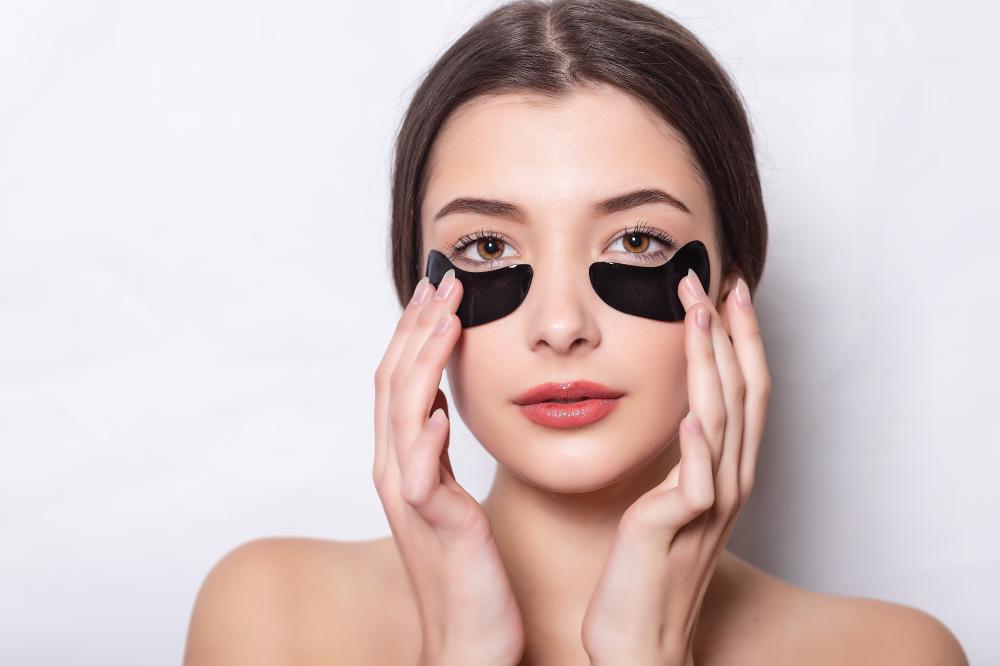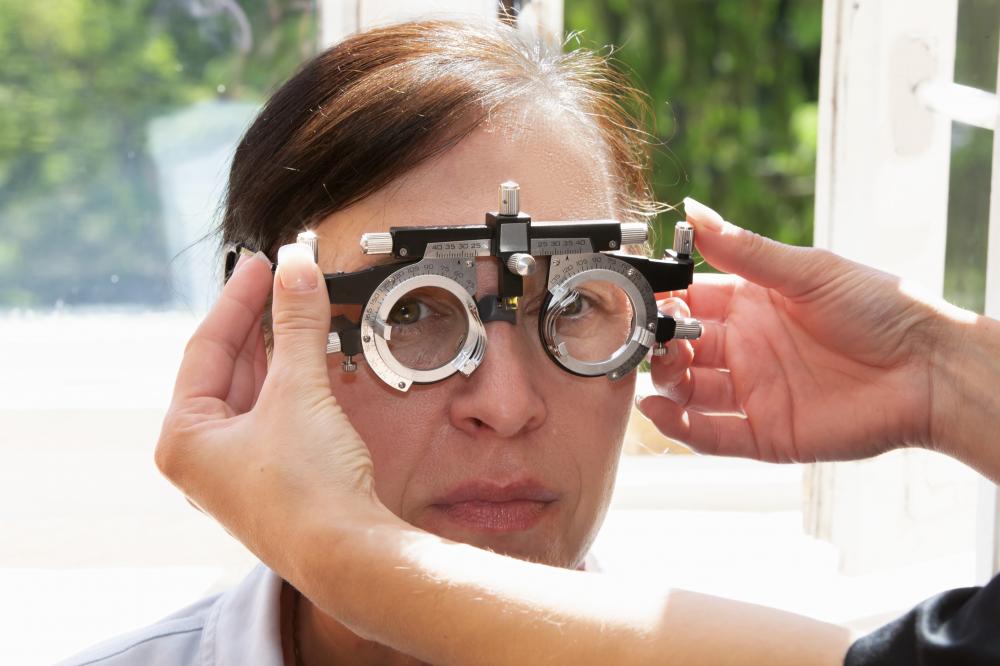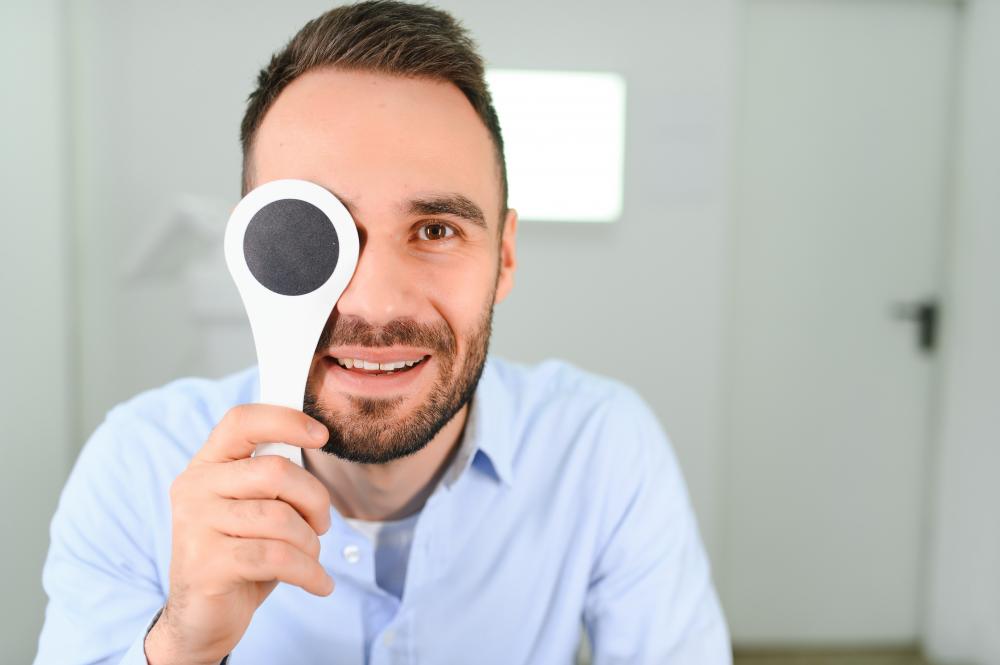Table of Contents
Understanding Sticky Eye Patches

When it comes to managing certain eye conditions, sticky eye patches play a pivotal role. These patches are not just stickers for the face; they are a part of a therapeutic journey for many, especially for young children who are often the primary users of these medical aids. In my time at Fresnel Prism, I’ve seen first-hand how these patches can transform lives.
Sticky eye patches are commonly prescribed for conditions like amblyopia, also known as lazy eye, where they help in forcing the brain to engage with the visual input from the weaker eye. The goal is to strengthen the eye and improve vision. Let’s delve into what makes sticky eye patches an essential tool in visual therapy.
The Basics of Adhesive Eye Patches
At the core, adhesive eye patches are designed to comfortably fit over one eye, creating a barrier against visual input. This encourages the non-patched eye to work harder, thus strengthening its connection to the brain.
One significant advantage of sticky eye patches is that they offer a complete seal. This means that, unlike some alternatives, there is minimal opportunity for the child to ‘cheat’ and use their stronger eye while wearing the patch. They stick directly to the skin and are typically designed for single use.
However, it’s not always smooth sailing. As I’ve observed, some children may experience skin irritation due to the adhesive, which highlights the importance of finding patches with the right balance between stickiness and gentleness. This sometimes involves trial and error, but the comfort and wellbeing of the child are paramount.
Choosing the Right Patch for Your Child
Decisions, decisions. When it comes to selecting the right sticky eye patches, it’s about more than color or design. The patch must fit well and be comfortable enough that the child is willing to wear it for extended periods. From vibrant patterns to plain patches, the key is to find something that resonates with your child.
It’s essential to consider the material of the patch, as well. Some patches are gentler on the skin, which can make a world of difference for a child with sensitive skin. Parents should also take note of the size of the patch, ensuring it provides adequate coverage without hindering the child’s comfort.
Comfort vs. Efficiency
What’s unique about my role at Fresnel Prism is the opportunity to hear feedback directly from parents. They often express the delicate balance between a patch’s effectiveness and the comfort it offers their child. A patch that might adhere very well and offer excellent occlusion might also be less forgiving to tender skin. Conversely, a softer, more comfortable patch might not stick as firmly, raising concerns about its effectiveness.
Creative Solutions for Patching Challenges
In this field, we often have to think outside the box. For instance, one creative solution is to provide patterns and decorations on these patches, allowing children to express themselves. This can make the experience less daunting and more engaging.
Exploring Diverse Options for Eye Patching
When sticky eye patches are not suitable, alternatives such as fabric patches come into play. Fabric patches offer a different set of pros and cons, such as requiring glasses to hold them in place, but they can be a lifesaver for those children who react poorly to adhesives.
Innovation in this space is constant. There are now patches that don’t require glasses at all, using straps instead to secure the patch. While these might be less common, they open up new possibilities for children and adults alike.
A Note from Personal Experience
I recall a conversation with a mother who shared her child’s journey. She experimented with several types of patches before finding one that her son could wear without complaint. She highlighted that while the adhesive patches were effective, it was a fabric patch that ultimately won her son over, proving that comfort often triumphs.
The Impact of Sticky Eye Patches on Vision Health
The use of sticky eye patches is a testament to the power of simple solutions to complex problems. By effectively occluding vision in the dominant eye, these patches can lead to significant improvements in the weaker eye’s functionality.
Particularly in pediatrics, compliance is a critical factor in the success of using eye patches. A child who is comfortable and happy with their patch is a child who is more likely to wear it as prescribed, leading to better outcomes.
Embracing New Discussions Around Eye Patching

There’s a social aspect to wearing an eye patch that cannot be ignored. Children often feel self-conscious about their appearance with a patch, which can affect their willingness to wear it. That’s why the aesthetics of an eye patch are just as important as its functional design.
In response, we’ve seen a movement towards creating patches that children are excited to wear, featuring their favorite characters or cool designs. This not only helps to destigmatize patching but also encourages a child’s peers to view it as a badge of honor rather than a source of embarrassment.
Tips and Tricks for Successful Patching
From years of working closely with ophthalmologists and orthoptists, I’ve gathered a wealth of tips for successful patching. First and foremost, it’s crucial to involve the child in the selection process. A patch chosen by the child is more likely to be a patch that’s worn willingly.
Secondly, establishing a routine can work wonders. Patching at the same time each day can help in making the process a normal part of the child’s life. Additionally, integrating patching time with a favorite activity can help associate it with positive experiences.
Looking Towards the Future of Sticky Eye Patches
Our journey in developing and enhancing sticky eye patches is far from over. At Fresnel Prism, we are committed to innovation that meets the needs of our diverse clientele. As we look to the future, we’re exploring new materials and designs that promise even greater comfort, effectiveness, and acceptance among the youngest of patients.
In Conclusion
My experience with sticky eye patches has shown me that they are more than a medical device; they are a tool for empowerment. Adherence to patching is critical in the treatment of many eye conditions, and the role of a comfortable, appealing patch cannot be overstated.
As we continue to provide optical solutions that enhance the quality of life, the feedback from our clients remains our guiding star. It’s the smiles on the children’s faces, and the gratitude of their parents, that drive us to keep innovating. After all, every child deserves the chance to see the world through their own eyes, as clearly and brightly as possible.

What is adhesive eye patch?
Adhesive eye patches are specialized medical devices designed to occlude one eye, primarily used to treat conditions such as amblyopia or lazy eye. These patches work by compelling the brain to rely on the weaker eye, promoting stronger visual connections and enhancing visual acuity. At Fresnel Prism, we understand the critical role that these patches play in therapeutic eye care, particularly for children. Our commitment to state-of-the-art optical solutions drives us to produce eye patches that combine comfort with efficacy, ensuring that every individual’s path to improved vision is as smooth as possible.
How do you apply a sticky eye patch?
Applying a sticky eye patch is a simple process, but it requires care to ensure comfort and effectiveness. Before applying the patch, it’s vital to clean the skin around the eye gently to remove any oils or debris, as this helps the patch adhere better. Once the skin is dry, you carefully peel off the backing of the patch and apply it securely over the eye that requires occlusion. At Fresnel Prism, we always advise our clients to smooth out the edges for a snug fit, which prevents peeking and promotes optimal therapeutic benefits. It’s crucial that the patch stays in place for the duration it’s prescribed, typically for several hours each day, to nurture the weaker eye’s development.
How do you remove eye patch adhesive?
Removing an eye patch adhesive should be done gradually and with care to minimize discomfort. We recommend peeling the patch off slowly from one corner, holding the skin taut with the other hand. If there’s any residual adhesive, a gentle skin cleanser or baby oil can be used to softly massage the area until it lifts away. At Fresnel Prism, we’re focused on ensuring the comfort of our clients throughout the entire process, and that includes making sure that patch removal is as gentle as patch application.
How long do eye patches stay on?
The duration for which a sticky eye patch should remain on varies depending on the specific treatment protocol advised by a healthcare professional. Generally speaking, it might range from a couple of hours each day to almost all waking hours. Our role at Fresnel Prism is to ensure that during whatever prescribed time the patch remains on, it does so comfortably and effectively. Creating a routine around patching time and linking it to enjoyable activities can significantly improve compliance, especially for youngsters, leading to more successful treatment outcomes.
Why is comfort so important in eye patching?
Comfort is paramount in eye patching because it directly affects compliance, particularly with children. If a patch is uncomfortable, itchy, or irritating, the chances are high that a child will resist wearing it, which can impede the progress of vision therapy. At Fresnel Prism, we have seen the difference that a comfortable patch makes. Our focus is always on combining comfort with the necessary occlusive properties, ensuring that each child’s experience is as positive as possible. We strive to make patches that kids are not only comfortable wearing but also feel confident in, transforming a potential challenge into an empowering part of their daily routine.
What are some alternative options to sticky eye patches?
Recognizing that sticky eye patches may not suit every individual, alternatives such as fabric patches or patches with straps are available. Fabric patches, for instance, require glasses to hold them in place and can be an excellent option for children with sensitive skin or allergies to adhesives. Patches with straps offer yet another choice and can be adjusted for fit and comfort. At Fresnel Prism, we’re committed to innovation and inclusivity in eye care. We continuously explore new materials and methods that cater to diverse needs, ensuring that everyone has access to effective and comfortable solutions for their vision health.
Resources for Understanding Sticky Eye Patches
- American Academy of Ophthalmology: Amblyopia (Lazy Eye) – An educational resource providing an overview of amblyopia, its treatment options, including the use of eye patches, and tips for parents.
- Centers for Disease Control and Prevention: Features on Amblyopia – This page offers information on amblyopia, its impact on children’s vision, and the importance of early detection and treatment with therapies like eye patching.
- Prevent Blindness: Amblyopia (Lazy Eye) – A non-profit organization that provides details on lazy eye, the role of eye patches in treatment, and additional resources for families and caregivers.
- KidsHealth from Nemours: Amblyopia – A child health organization offering insights into various pediatric eye conditions, including the use of eye patches for treatments.
- National Eye Institute: Amblyopia (Lazy Eye) – The National Eye Institute provides information about amblyopia, including prevention, therapy, and the role that eye patches play in treating this condition.
- UC Berkeley School of Optometry: Amblyopia – A resource from the University of California, Berkeley, discussing amblyopia and the application of eye patches in clinical settings.
